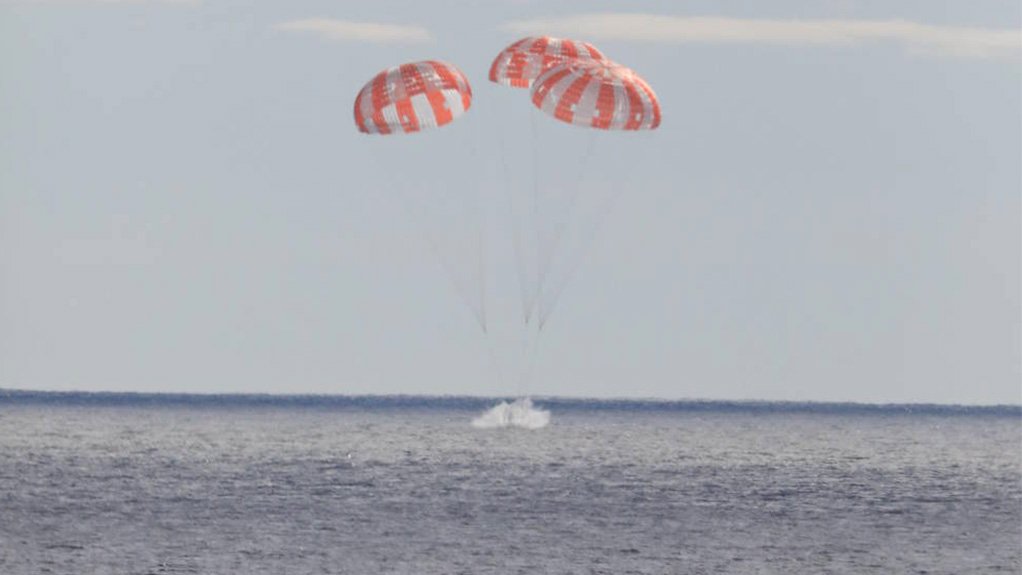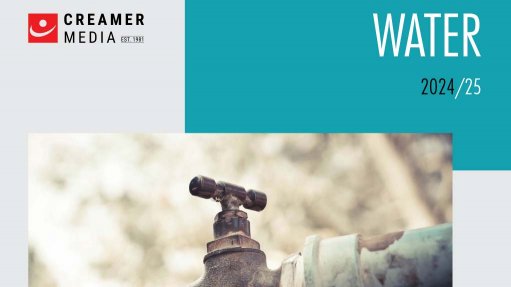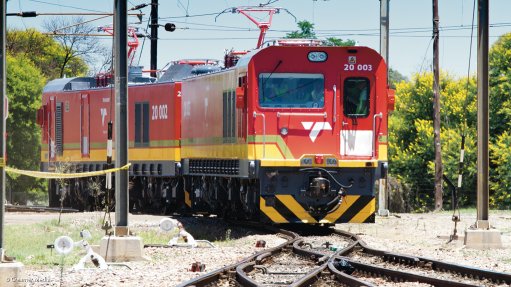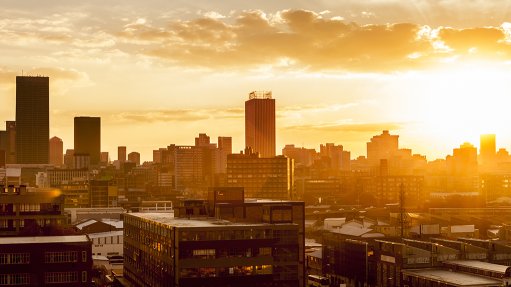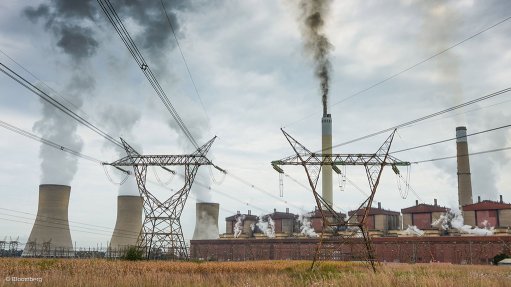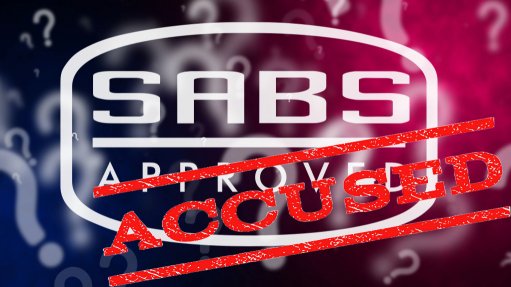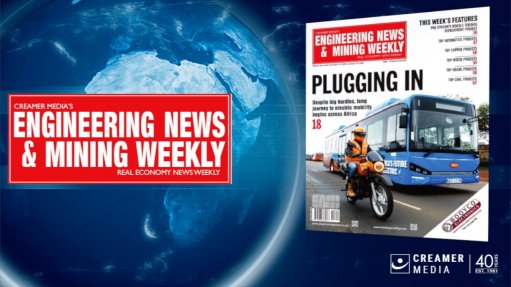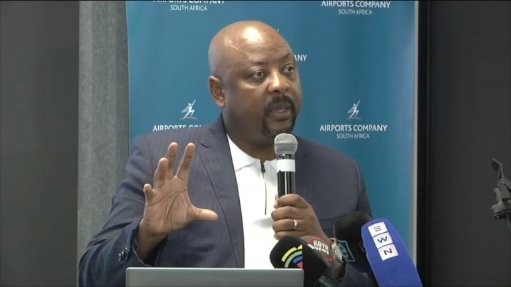Nasa’s Artemis I mission ends successfully
The Orion space capsule of the US National Aeronautics and Space Administration’s (Nasa’s) uncrewed Artemis I test flight successfully splashed down in the eastern Pacific Ocean, west of Baja California, Sunday evening South African time. This concluded what had been a record-breaking mission, which lasted 25.5 days and travelled more than 2.25-million kilometres and went further from the Earth – reaching a distance of nearly 435 000 km – than any human-rated spacecraft had ever gone before, breaking the record set by Apollo 13 in 1970.
“The splashdown of the Orion spacecraft – which occurred 50 years to the day of the Apollo 17 Moon landing – is the crowning achievement of Artemis I,” highlighted Nasa administrator Bill Nelson. “From the launch of the world’s most powerful rocket to the exceptional journey around the Moon and back to Earth, this flight test is a major step forward in the Artemis generation of lunar exploration.”
During its mission, Artemis I, composed of the Orion capsule and the European Service Module (ESM – supplied by the European Space Agency), and launched into space by Nasa’s Space Launch System rocket, twice flew by the Moon. At its closest, it was just 130 km from the lunar surface.
“Orion has returned from the Moon and is safely back on planet Earth,” enthused Artemis I mission manager Mike Sarafin. “With splashdown we have successfully operated Orion in the deep space environment, where it exceeded our expectations, and demonstrated that Orion can withstand the extreme conditions of returning through Earth’s atmosphere from lunar velocities.”
Forty minutes before splashdown, the ESM (which provided the Orion with electricity, propulsion, as well as, on future missions, air and water for the crew) and its crew module adapter, detached from the Orion and subsequently burnt up in the atmosphere. The capsule oriented itself using its own thrusters, re-entered the atmosphere, descending to an altitude of about 60 km before, in a pre-planned ‘skip’ manoeuvre, increasing its altitude to about 90 km, then resuming its descent in its final re-entry trajectory. During this process, the Orion reduced its speed from more than 40 200 km/h to about 32 km/h in just 20 minutes. During re-entry it endured temperatures of some 2 760 °C, equivalent to 50% of the temperature of the surface of the Sun. Re-entry at such a high velocity was the ultimate and most important single test of the mission, as it was impossible to simulate such high velocities and temperatures on Earth. Finally, the capsule released its three landing parachutes and splashed down into the ocean.
The Orion retrieval ship was the US Navy amphibious ship USS Portland. Instead of being plucked from the sea by helicopter, as was the standard procedure in the past, the capsule was floated into the flooded well dock of the ship, which then closed its rear ramp and pumped the water out of its dock. Once the Portland returned to base the capsule would be disembarked and transported by truck to Nasa’s Kennedy Space Centre in the US state of Florida. There, the capsule would be opened and the experiments it carried unloaded, and thereafter it and its heatshield would undergo a series of tests and analyses, which would last several months.
The next mission, Artemis II, would be the first crewed mission and would carry four astronauts (one of them Canadian) on a flight that would orbit, but not land on, the Moon. Artemis II would not launch any earlier than late 2024.
Comments
Press Office
Announcements
What's On
Subscribe to improve your user experience...
Option 1 (equivalent of R125 a month):
Receive a weekly copy of Creamer Media's Engineering News & Mining Weekly magazine
(print copy for those in South Africa and e-magazine for those outside of South Africa)
Receive daily email newsletters
Access to full search results
Access archive of magazine back copies
Access to Projects in Progress
Access to ONE Research Report of your choice in PDF format
Option 2 (equivalent of R375 a month):
All benefits from Option 1
PLUS
Access to Creamer Media's Research Channel Africa for ALL Research Reports, in PDF format, on various industrial and mining sectors
including Electricity; Water; Energy Transition; Hydrogen; Roads, Rail and Ports; Coal; Gold; Platinum; Battery Metals; etc.
Already a subscriber?
Forgotten your password?
Receive weekly copy of Creamer Media's Engineering News & Mining Weekly magazine (print copy for those in South Africa and e-magazine for those outside of South Africa)
➕
Recieve daily email newsletters
➕
Access to full search results
➕
Access archive of magazine back copies
➕
Access to Projects in Progress
➕
Access to ONE Research Report of your choice in PDF format
RESEARCH CHANNEL AFRICA
R4500 (equivalent of R375 a month)
SUBSCRIBEAll benefits from Option 1
➕
Access to Creamer Media's Research Channel Africa for ALL Research Reports on various industrial and mining sectors, in PDF format, including on:
Electricity
➕
Water
➕
Energy Transition
➕
Hydrogen
➕
Roads, Rail and Ports
➕
Coal
➕
Gold
➕
Platinum
➕
Battery Metals
➕
etc.
Receive all benefits from Option 1 or Option 2 delivered to numerous people at your company
➕
Multiple User names and Passwords for simultaneous log-ins
➕
Intranet integration access to all in your organisation



